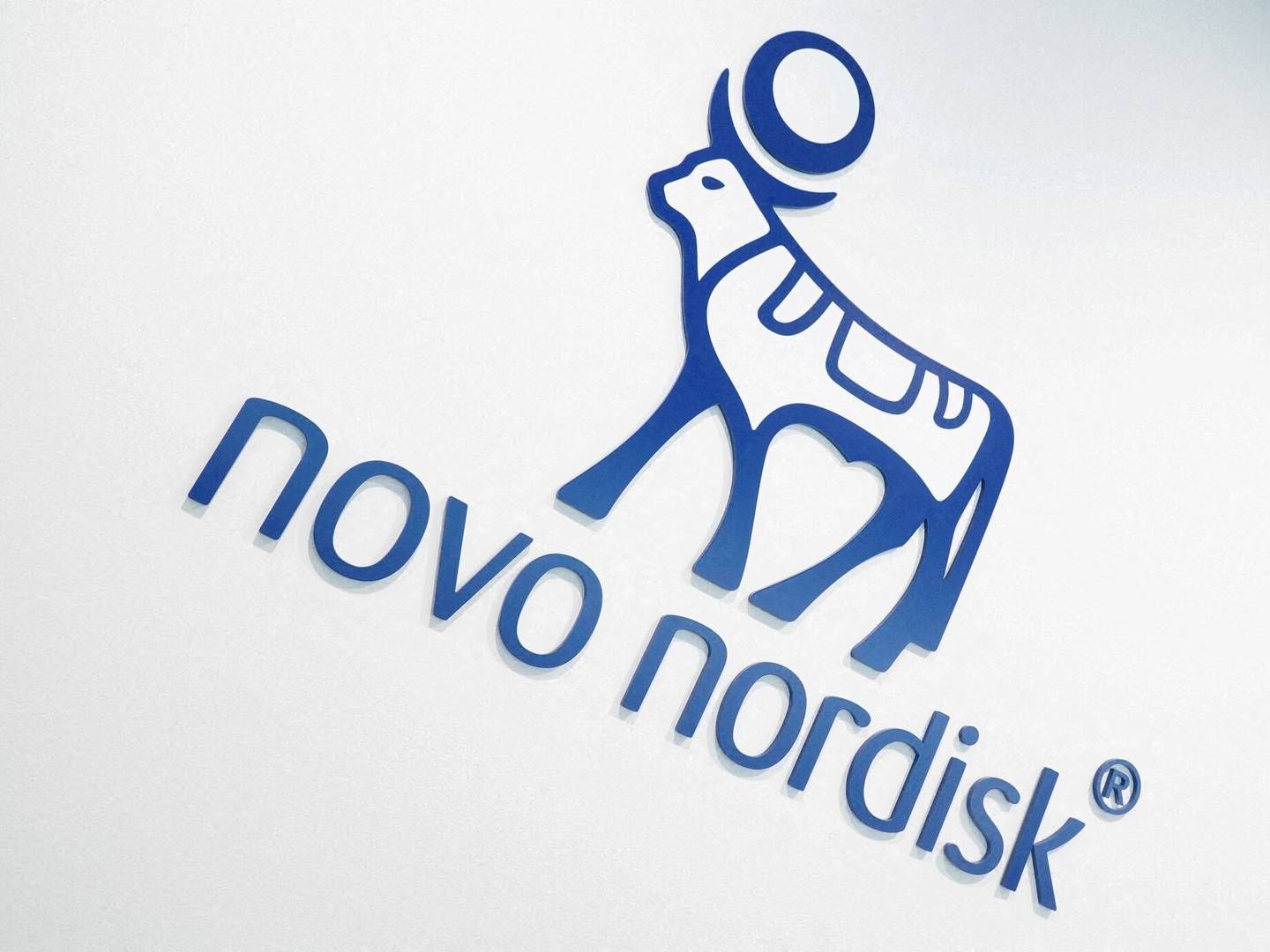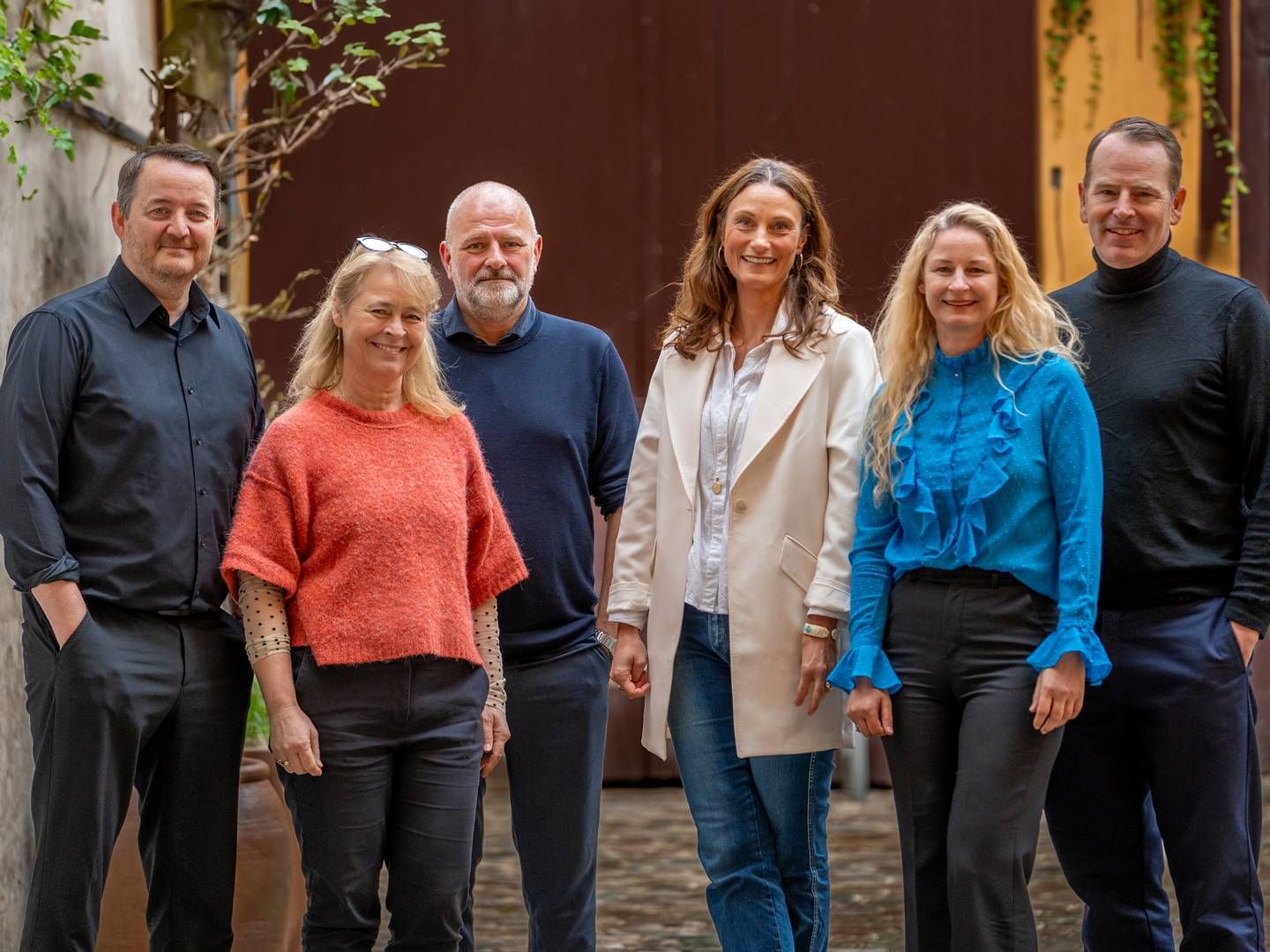Swarm Intelligence revisited
1. On some management gurus’ curious fascination with insects
Insects outnumber all other animals, are distributed from the polar ice caps to the tropics, can carve out niches in environments as diverse as swamps, skyscrapers, salt lakes, sewers, and hot springs, and yet rarely manage to capture our attention. On those rare occasions that we do notice them, our most common responses are irritation, repugnance, an urge to crush the little buggers, or – if there happens to be very many of them – a frantic call to pest control. Given such deep-seated human prejudices against those creepy little six-legged freaks, one can only admire the audacity of the small but growing gang of management gurus who dare to suggest – in fora as prestigious as the Harvard Business Review, no less – that one may actually learn new, interesting, and useful things about organization and strategy by studying the ways in which insects get things done. As for the pro-insect lobby’s answer to the vexing question of which of the approximately 800,000 known species of the arthropod phylum’s largest class one ought to study, social insects such as ants, termites, and honeybees appear to be the favourites.
2. Though this be madness or mistake, yet there is metaphor in ‘t.
While endorsement by the editors of the Harvard Business Review never did guarantee the soundness of an idea, we are not dealing with a few more pieces of insanity or error that somehow slipped through the editorial net. To paraphrase Polonius’ aside about Hamlet: though this be madness or mistake, yet there is metaphor in ‘t. Rather powerful metaphors, I hasten to add: management discourse is shot through with metaphors drawing upon source domains as diverse as ballroom dancing, postbob jazz, molecular biology, and population ecology, and it is decidedly not all of them that offer those glimpses of genius that moved Aristotle to declare, in a rare moment of exuberance, that to be a master of metaphor is the greatest thing of all (Poetics, 1459a).
Once in a while one do, however, come across a metaphor that is, if not quite an unmistakeable sign of genius, then at least a sign of a mind that is onto something that is both unusual and useful. The metaphors drawing inspiration, inferences, and concepts from our understanding of the insect world belong to this latter category. After all, one of their central implications is that the world would not collapse if we got rid of management – indeed, the general idea is that it may turn out to be easier to get things done without any authority stipulating the what, how, or why of it – which is surely a claim worthy of closer inspection. (The prospect may admittedly be somewhat disquieting if you happen to be a manager.) To get the general hang of the idea that one may accomplish something useful by juxtaposing domains as different as business corporations and social insects, let’s warm up with an example that is simple enough to serve as an illustrative device, and yet powerful enough to provide inspiration to priests, anarchists, managers, unmotivated employees, and indeed just about anyone interested in the art of getting things done. It also happens to be the very first suggestion on the historical record that the administrative acumen of ants is a promising source of insight.
3. The King, the Ant, the Sluggard, and the Sluggard’s Superfluous Supervisor
Given that King Solomon had to run a troubled Middle Eastern kingdom, seven hundred wives, and three hundred concubines, it is not surprising that he was so quick to notice and admire the fact that ants have “no guide, overseer, or ruler”, yet “provideth her meat in the summer, and gathereth her food in the harvest”. (Proverbs 6:6, King James Version. Admittedly, a good case can be made that the book of Proverbs was written long after Solomon’s death. In these fundamentalistic times, it strikes me as prudent to stick to the traditional view, at least in public. It makes for a better story anyway.) Undoubtedly, he was onto something big. Bigger, one may add, than he realized, or wanted to admit. For the remark that precedes these observations – “go to the ant, thou sluggard; consider her ways, and be wise” – of course implies that it is only “sluggards” who can learn something from ants, the basic idea being that if individual ants can stay motivated even though there are no foremen to whip them along, then so ought the sluggards in the kingdom of Israel. Incidentally, while this advice may seem quite straightforward at first, it actually requires a quite complex piece of “backstage reasoning” to learn from ants in the way Solomon suggests one should. (I borrow the term “backstage reasoning”, as well as the basic theory of what is going on here, from Fauconnier and Turner [2002].) To get the point, one need to create a conceptual blend that fuses the idea of an ant able to work diligently without supervision with the idea of an unmotivated employee, leaving one with a counterfactual blend containing an industrious human labourer who does not need to be supervised constantly. Whether Solomon realized that such a conceptual blend has the potential to trigger a revolution – after all, it implies that workers can get along just fine without foremen or rulers – is an open question.
4. Armies without officers, strategies without planners
To limit the scope of the comparison’s relevance by suggesting that it is only the sluggard who may learn from the ant is entirely unnecessary. There are clearly more general lessons to be learned by studying a form of organization that has no “guide, overseer, or ruler” – more generally, no managers – yet somehow succeeds in coordinating often immensely complicated activities. The fact that ants are capable of pulling off strategic endeavours as complex as gathering enough food for the winter without the guidance of an overpaid ant with a pompous title such as ‘Senior Vice-President of Strategic Planning’ is surely worthy of closer investigation. (Seen thus, Mintzberg might have scored a few extra touches in his famous duels with Ansoff, had he followed up on Solomon’s research suggestion.) If that does not impress you, consider the fact that certain species of Amazon ants launch campaigns against the nests of other ants, kidnap the larvae, and raise them as slaves. Moreover, such ants are capable of organizing hunting raids that have a front of almost
5. The devil is in the details
Alas, on this as on so many other important matters, the Bible is somewhat stingy when it comes to providing crucial details about causal mechanisms: Solomon never tells us how exactly ants manage to pull of these awesome feats of organizing and strategy making. Yet it is not much of a help to tell someone to copy a mode of organizing if you do not add an explanation of how that mode actually works. (Nor would it suffice to simply tell your clients to somehow find the time to go out and observe ants. After all, it has taken professional entomologists decades to decipher the secrets of social insects’ administrative abilities.) This is by no means the only problem with Solomon’s approach, but there can be no denying that he did pioneering work.
6. From the Bible to the Business Review
From its humble beginnings in the Bible, the idea has now made its way into the Harvard Business Review. In an article modestly entitled Swarm Intelligence: A whole new way to think about business, Bonabeau and Meyer (re)draw attention to the fact that social insects work without supervision: “in fact, their teamwork is largely self-organized, and coordination arises from the different interactions among individuals in the colony” (2001:109). They give some interesting examples of how companies as different as Unilever, Hewlett-Packard, and Southwest Airlines turned insights borrowed from insects into practical solutions to intractable problems. Thus Southwest solved a bottleneck-problem that affected the airline’s cargo routing and handling system by turning “to an unlikely source: ants” (2001:107). More specifically, “researchers looked at the way ants forage, using simple rules, always finding efficient routes to food sources” (ibid). Armed with knowledge about ants’ foraging strategies, Southwest came to the surprising conclusion that “it can be better to leave cargo on a plane headed initially in the wrong direction” – an insight that “slashed freight transfer rates by as much as 80% at its busiest cargo stations”, amongst other things. The simple rules underpinning ant-foraging strategies similarly helped researchers at Hewlett-Packard to design software capable of routing calls through a telecommunications network without getting stuck in congested pathways (Bonabeau & Meyer, 2001:108-109). The “simple rules” turn out to be very simple, indeed: the first rule is to lay pheromone, the second to follow the strongest pheromone trail. (This means that if two ants leave a nest at the same time and take different routes to a food source, the one that took the shortest route will be back first, and its pheromone trail will be twice as strong as that of the other ant. Following the second rule, their nest mates will in turn reinforce the shorter trail’s chemically based seductive powers.) Awesomely enough, Hewlett-Packard’s software simulates this behaviour down to the last detail in order to route telephone calls efficiently.
7. A metaphor with a promising scientific feature
The ant metaphor comes as close to satisfying Gentner’s (1982) still useful set of criteria for distinguishing scientific- from poetic metaphors as one is likely to find in management literature. Apart from its own merits, it thus also serves as a useful benchmark against which to measure other metaphors. The source domain is well understood; the mappings between the source and target are clear, precise, and characterized by one-to-one correspondences; it is very rich in terms of predicate density; and it is systematic in the sense that the imported predicates belongs to a mutually constraining conceptual- and inferential system. In short, it appears to be a metaphor with good prospects of turning into a scientific model. My reasons for smuggling a few hedges into the prophecy should become clear in due course.
8. On the cognitive significance of difference
All the talk about neat one-to-one correspondences between the source- and target domains can easily seduce one to focus exclusively on the similarities between the two domains, and thereby overlook the fact that certain differences between them can play a number of cognitively significant roles – for better or for worse. (Or as Fauconnier and Turner [2002:99] put it, “disanalogy is coupled to analogy” – unbreakably so, one may add.) To start with the constructive functions of differences, note that what caught Solomon’s attention was that ants are capable of organizing even though they “have no guide, overseer, or ruler” – if you will, there is no conceptual counterpart for human managers in the ant colony. Just as it was the dog who failed to bark that provided Sherlock Holmes with the vital clue, so it is the managerial ant who never pitched up for work that makes us realize that we are dealing with a very unusual and interesting mode of organizing. It is cognitive feats like this that Gilles Fauconnier and Mark Turner refer to when they note that “our species has an extraordinary ability to operate mentally on the unreal, and this ability depends on our capacity for advanced conceptual integration” (2002:217). Gentner and Wolff (2000:332) capture another important aspect of what is going on here, cognitively speaking, when they claim that “alignable differences” turn out to be “a prime source of new inferences” in metaphorical thinking. (Their emphasis on “alignable” differences stems from the interesting fact that we typically only notice differences against the background of similarities. Thus it is easier to specify the differences between a hotel and a motel than between a hotel and a bottle of Coca Cola.) To be sure, not all differences matter – one may safely ignore the fact that insects have more legs than we do, for example. Yet on closer inspection, it turns out that there are a number of other important differences between social insects and humans that cannot be ignored with impunity: you have to find a way to accommodate them, or risk being led astray.
9. Higher IQ, greater chaos?
Let’s go back, for a moment, to Bonabeau and Meyer’s basic argument that one can learn numerous useful lessons by focussing on the general fashion in which the complex collective behaviour of ants – blessed with rather meagre intelligence as individuals – results in a form of “swarm intelligence” that “emerge from individuals following simple rules” (2001:111). It is here that problems start to arise, however, for humans are intelligent – if compared to ants, at any rate – and do not simply follow rules by instinct but interpret them first. Apart from the fact that we may interpret even simple rules in a different way than they were intended to be understood, many of us also take pleasure in flaunting the rules, often for no better reason than that we can. Ants do none of these things: indeed, the very idea that ants follow rules, simple or otherwise, is arguably misleading, in that they simply follow instinct. Moreover, neo-Darwinists like Richard Dawkins would insist that the cooperative behaviour of social insects are underwritten by tight genetic constraints. (Amongst other things, potential rebels in the working class of an ant colony simply would not be able to pass on their genes.) Human cooperative arrangements are not similarly constrained by genes. I do not hereby mean to say that one cannot apply insights gained from ant colonies to human organizations – Bonabeau and Meyer do cite many instances where it apparently worked well enough – but it does seem a bit short-sighted to simply ignore the fact that humans, for better or worse, have both the ability and the inclination to make simple things complex. Whether it is possible to take account of such added layers of complexity in the mathematical models designed to simulate the collective behaviour of ants I do not know.
10. Thou shalt not follow a multitude to do evil
A final note of caution: advocates of the ant-metaphor tend to overlook the ways in which “swarm intelligence” may, in the human sphere, quickly degenerate into collective stupidity, mob mentality, groupthink. Take, for example, Bonabeau and Meyer’s attempt to draw business lessons from a strategy that certain species of ants have developed for attracting nest mates to new food supplies. The relevant strategy, dubbed “group recruitment”, again involves a very simple mechanism: an ant that has discovered a new food source returns to the nest, and vibrates its antennae until a few others start to pay attention. Bonabeau and Meyer (2001:113) argue that group recruitment is “ideal for medium-sized colonies in fast-changing, unpredictable environments: it allows the ants to exploit a food source efficiently while remaining flexible and capable of exploring their surroundings for additional sources”. By way of analogy, they then claim that in volatile, short-lived but sufficiently large markets, the ideal firm would be of medium size and “more important, we believe, the organization would do well to possess strong internal mechanisms that enable – if not encourage – group recruitment” (ibid). This particular projection of candidate inferences is then illustrated with the help of the following case:
“The classic example here is Enron. In April 1999, Louise Kitchen, then head of the company’s gas-trading activities in Europe, started recruiting people for an idea she thought was going to change Enron’s business: on-line energy trading. Soon that group of people was enlisting others, and within months a team of 300 people was working on developing the system – all unbeknownst to the company’s top brass. Although the recruitees had been working in Enron’s core business – interstate gas transmission – each of them was free to join the underground project or choose not to. Thus the fact that such a large team assembled in such a short time was a strong indication that Kitchen’s idea had merit. Today, thanks to this successful group recruiting, that new ‘food source’ handles approximately $1 billion of transaction daily and has added a few billion dollars to Enron’s market capitalization” (Bonabeau and Meyer, 2001:113, italics added).
Less than five years down the line, it is of course not so obvious any longer that Kitchen’s idea had merit: it was one of the causes of one of the most spectacular corporate scandals ever. That in turn raises some questions about the prudence of the organizational processes that led so many people in Enron to the conclusion that Kitchen’s idea “had merit”. Admittedly Bonabeau and Meyer wrote without the benefit of hindsight. Then again, you don’t need hindsight to spot the fallacy in the claim that Kitchen’s idea had merit because it attracted a lot of employees. Even if the Flat Earth Society managed to recruit the whole population of China, it would do nothing to improve the merits of the idea that the earth is flat. (Or if you will: six million Elvis fans can be wrong.) There’s no epistemic safety in numbers. Sustained reflection on the source domain may have pointed the authors in the same direction: one way to kill a lot of ants is to lay out a poisoned food source. Seen thus, the mapping between “ideas” and “food sources” need not lead one to the dubious conclusion that an idea is edible, so to speak, simply because a lot of people happen to swarm towards it. By way of extension, one could maybe counter the problems with the group recruitment strategy by adopting a simple rule: thou shalt not follow a multitude in pursuit of an unethical idea. I cannot see any reason why it should be less effective than to go back to reliance on the ethical judgement of a company’s top brass.
11. On what is (not) being said
My protracted musings on some of the differences between ants and humans could conceivably but mistakenly be construed as a total rejection of the metaphor. Not at all: I think it is a rather good one. I am certainly not urging that it should be rejected simply because ants and humans are different. That would be quite absurd; if one were to reject this particular metaphor simply because people are not ants, then one would have to reject every single metaphor ever conjured because, whatever source- and target domain you put together, it is never the case that the two are the same thing. (That is arguably a necessary condition for it being a metaphor in the first place.) Nor am I urging that we dump the metaphor because some of the differences between humans and ants are so great that this particular metaphor cannot fail to mislead. I am merely pointing out that one cannot simply make a straightforward projection from the source- to the target domain without taking any account of important differences, and without trying to accommodate those differences in the models that eventually result from the metaphor. In short, for all its shortcomings, I think the ant-metaphor is a rather good one. It has its blind spots, and it is important to be aware of them, but that goes for all metaphors. To try to get along without them is not a realistic option; a more viable cognitive policy is simply to distrust them even while you make liberal use of them.
References and Resources
Aristotle. The Complete Works of Aristotle: The Revised Oxford Translation. (Edited by Barnes, J., 1984) Princeton University Press.
Bonabeau, E. & Meyer, C. (2001) Swarm intelligence: a whole new way to think about business. In Harvard Business Review, May 2001, Vol. 79, Issue 5, pp. 106-114.
Fauconnier, G. & Turner, M. (2002) The way we think: Conceptual blending and the mind’s hidden complexities. Basic Books.
Gentner, D. (1982) Are scientific analogies metaphors? In D. Miall (ed.) Metaphor: Problems and perspectives. Brighton: Harvester Press.
Gentner, D., Bowdle, B., Wolff, P., & Boronat, C. (2001). Metaphor is like analogy. In D. Gentner, K. J. Holyoak, & B. N. Kokinov (Eds.), The analogical mind: Perspectives from cognitive science (pp. 199-253). Cambridge, MA: MIT Press.
Gentner, D., & Wolff, P. (2000). Metaphor and knowledge change. In E. Dietrich & A. Markman (Eds.), Cognitive dynamics: Conceptual change in humans and machines (pp. 295-342). Mahwah, NJ: LEA.
Grady, J., Oakley, T. & Coulson, S. (1997) Blending and Metaphor. In Gibbs, R.W. & Steen, G.J. (eds) Metaphor in Cognitive Linguistics. John Benjamins Publishing Company.
Online resources:
Bonabeau’s ideas underpin a whole strategy consulting firm: http://icosystem.com/
Mark Turner’s homepage contains lots of useful information about conceptual blending: http://markturner.org/
Most of Deirdre Gentner’s articles on metaphor and analogy are available at: http://www.psych.nwu.edu/psych/people/faculty/gentner/allpubs.htm


































